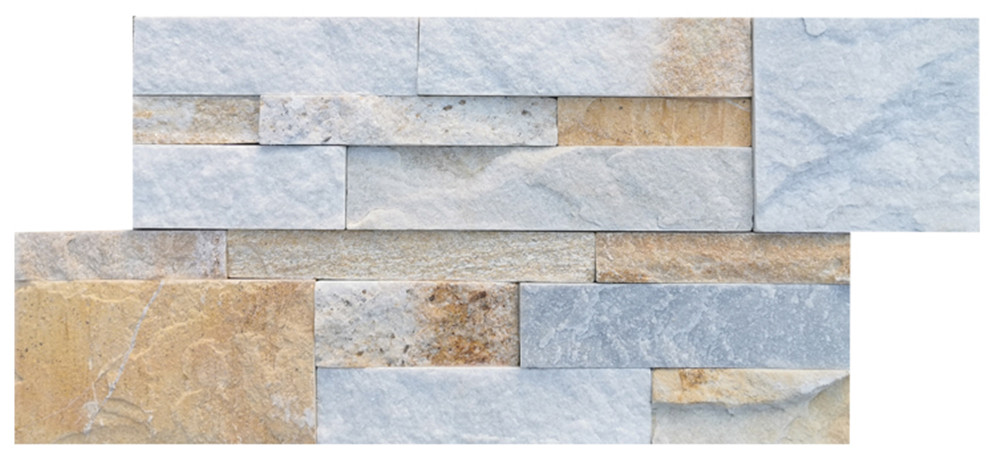Introduction
Cultured stone, also known as manufactured stone veneer, is a popular choice for adding a touch of elegance and character to both interior and exterior spaces. Made from a mixture of cement, aggregates, and iron oxide pigments, cultured stone replicates the look of natural stone at a fraction of the cost. While cultured stone is durable and low-maintenance compared to natural stone, proper care and maintenance are essential to ensure its longevity and beauty. In this comprehensive guide, we will explore the best practices for maintaining cultured stone, from cleaning and sealing to repairing and restoring.
Cleaning Cultured Stone
Regular cleaning is key to preserving the appearance of cultured stone and preventing the buildup of dirt, grime, and stains. Here are some tips for effectively cleaning cultured stone:
1. Start by removing loose dirt and debris using a soft-bristle brush or a vacuum cleaner with a brush attachment.
2. Prepare a cleaning solution by mixing warm water with a mild detergent or stone cleaner. Avoid using harsh chemicals or acidic cleaners, as they can damage the stone surface.
3. Use a soft sponge or cloth to apply the cleaning solution to the cultured stone, working in small sections.
4. Gently scrub the stone surface in a circular motion to lift away dirt and stains. Avoid using excessive pressure, as this can cause damage to the stone.
5. Rinse the stone thoroughly with clean water to remove any soap residue.
6. Allow the stone to air dry completely before applying any sealant or protective coating.
Sealing Cultured Stone

Sealing cultured stone is an important step in protecting it from moisture, stains, and other external factors that can cause damage over time. Here are the steps to properly seal cultured stone:
1. Choose a high-quality stone sealer suitable for cultured stone. Water-based sealers are recommended for their eco-friendly properties and ease of application.
2. Clean the cultured stone surface thoroughly to remove any dirt, dust, or residue before applying the sealer.
3. Apply the sealer evenly using a brush, roller, or sprayer, following the manufacturer's instructions for the specific product.
4. Allow the sealer to penetrate the stone surface for the recommended drying time before applying a second coat if necessary.
5. Wipe off any excess sealer with a clean cloth to prevent streaks or blotches.
6. Allow the sealer to cure completely before exposing the cultured stone to moisture or heavy foot traffic.
Repairing Cultured Stone
Despite its durability, cultured stone can still sustain damage over time due to weathering, impact, or improper installation. Here are some common issues with cultured stone and how to repair them:
1. Cracks: Small cracks in cultured stone can be repaired using a color-matched patching compound. Clean the cracked area, apply the patching compound, and smooth it out with a putty knife. Allow the compound to dry before sanding and blending it with the surrounding stone.
2. Chipped edges: If the edges of cultured stone pieces are chipped or damaged, you can use a stone repair kit to fill in the gaps. Follow the kit instructions to mix the repair compound, fill the chipped area, and shape it to match the original stone profile.
3. Stains: Stubborn stains on cultured stone can be removed using a poultice made from a mixture of baking soda and water. Apply the poultice to the stained area, cover it with plastic wrap, and let it sit for 24-48 hours before rinsing it off.
Restoring Cultured Stone
Over time, cultured stone may lose its luster and vibrancy due to exposure to the elements and daily wear and tear. Restoring cultured stone can breathe new life into your space and enhance its visual appeal. Here are some tips for restoring cultured stone:
1. Deep cleaning: For heavily soiled or stained cultured stone, consider hiring a professional stone restoration company to deep clean and rejuvenate the surface. mosaic tile may use specialized equipment and techniques to remove stubborn dirt and grime without causing damage to the stone.
2. Re-coloring: If the color of your cultured stone has faded or become dull, you can re-color it using a tinted sealer or a water-based stain. Choose a color that complements the existing stone and follow the manufacturer's instructions for application.
3. Polishing: To restore the natural sheen and smoothness of cultured stone, you can polish it using a stone polishing compound and a buffing pad. Work in small sections, applying the compound in a circular motion until the desired shine is achieved.
Conclusion
Cultured stone is a versatile and cost-effective alternative to natural stone, offering a wide range of design possibilities for both residential and commercial applications. By following the proper maintenance techniques outlined in this guide, you can ensure that your cultured stone retains its beauty and durability for years to come. Remember to clean, seal, repair, and restore your cultured stone regularly to protect it from damage and maintain its aesthetic appeal. With the right care and attention, your cultured stone surfaces will continue to enhance the look and value of your property for generations.
